With the Hurricane season upon us, there is a lot of talk about flooding. Now is a good time to talk to your clients/customers about drainage and the dangers of standing water. For each job you take on you have to consider the environment of the property. Considering the flood conditions and possibility of erosion will determine what plants you use and the landscaping design.
People living in low lying areas that are more prone to flooding need a landscape that will thrive in those conditions. Each lawn will recover from a flood differently. Although, the longer a yard is flooded, the more damage. A yard that has been submerged for more than four days is likely to be heavily damaged. Repeated flooding can also weaken turfgrass resistance to the natural disaster.
Property Flooding
One solution to repeat flooding is rising the house. Although, other landscaping choices can also be made to avoid yard devastation. Some homeowners may choose to eliminate grass all together. Choosing plants that will lessen run-off and tolerate flooding is a good choice for flooded watch areas. Planting saltmarsh cordgrass as a border around and within a garden will keep soil stable because of its strong roots. It will act as an anchor holding the soil and the other plants in place.
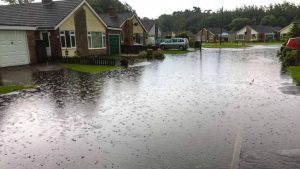 Some other plants recommended are Carolina jessamine, spotted beebalm, Joe Pye weed, milkweed, seashore mallow, asters, red chokeberry, and beach plum. These plants attract butterflies, honeybees and other nature; giving life to your yard. These plants have a good recovery time and will fare well in tough conditions.
Some other plants recommended are Carolina jessamine, spotted beebalm, Joe Pye weed, milkweed, seashore mallow, asters, red chokeberry, and beach plum. These plants attract butterflies, honeybees and other nature; giving life to your yard. These plants have a good recovery time and will fare well in tough conditions.
Adapting a yard saves time, energy and money over the long run. Environmentally adapting a yard also helps with yard appeal and preserving water ways.
Erosion
After a heavy rainstorm, water ways are bogged down with flooding water and debris. Creeks and rivers turn to mud and rise to dangerous levels.
As water moves along it picks up particles, causing erosion. Sediments and weathered rock can create a hazard while traveling through sewers and water systems. Those debris can collect containments that cause havoc later. Eventually as the water calms, the picked up debris and containments slow and find home somewhere new.
These new additions to the water supply cause quality issues to drinking water. Fertilizers used on plants are swept away during erosion and pollute the water. Pollution from treatment facilities and livestock also contribute to water pollution. 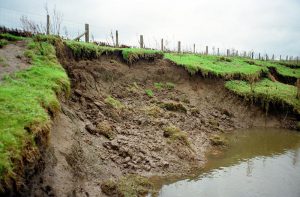
These pollutants picked up are taken to larger bodies of water, where algae feeds on this goes into a frenzy of growth. This can lead to the demolish of other species and throwing off the function of the entire ecosystem.
Identifying the distinction between surface and subsurface sediment sources is important. Subsurface sediment, or subsoil, is usually pulled by the water from the sides or bottoms of streams. Surface sediment, or topsoil, is more than likely coming from farm fields, riparian areas or forest floors. We are to blame for surface sediments that pollute our water sources.
Managing runoff from gardens and landscapes plays an important role in managing erosion and sediment losses. Each section of a body of water effects the other sections due to flow of water. Managing watersheds is difficult, but keeping in mind our impact in soil erosion can help this.
Incorporating rain gardens and rain water harvesting tanks to a customer’s home can improve home value and the environment. We have to work to keep the Green Industry, green.


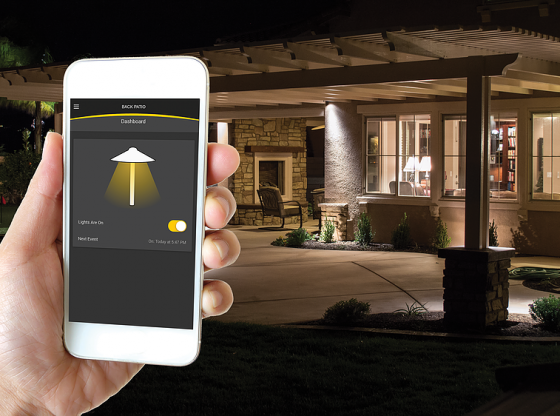


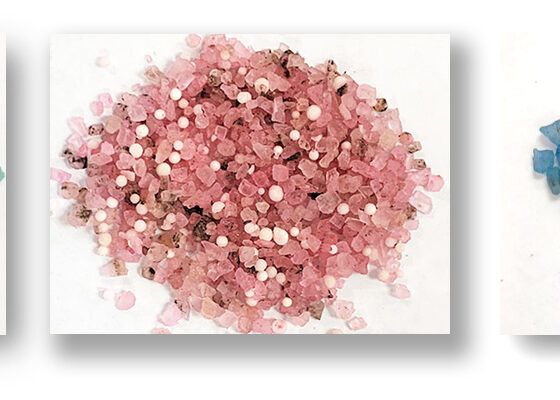
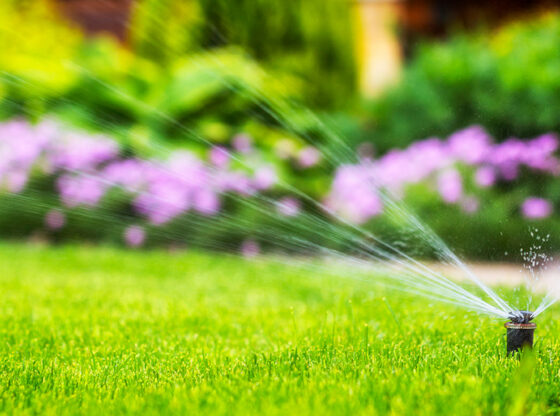
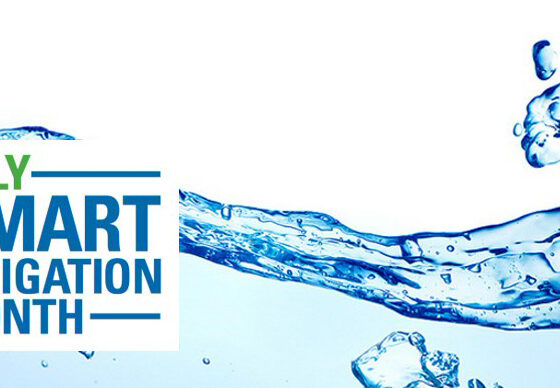

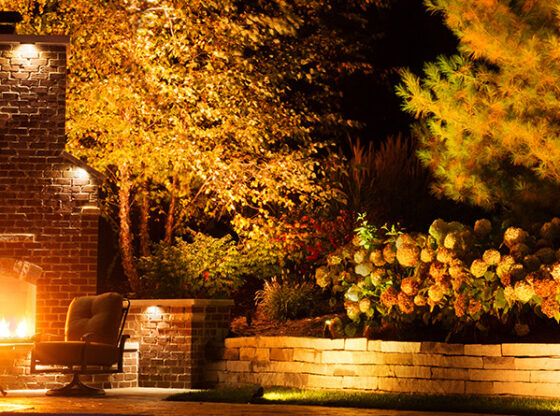
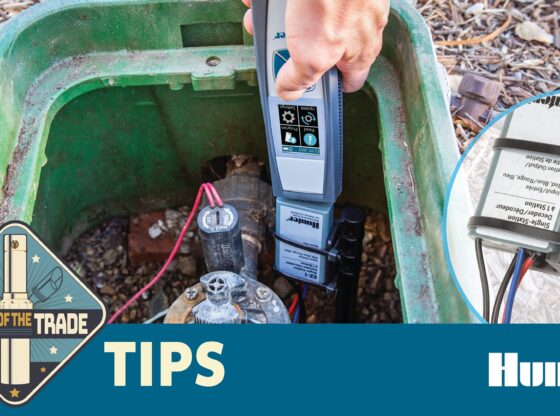

It’s interesting to read about how some people will try to raise a house while others might lower the yard. It makes sense that with residential flooding there’s not one answer or solution. I think that since my home only gets it a little bit even in big storms, sloping the ground away from my home with extra soil could be good enough.